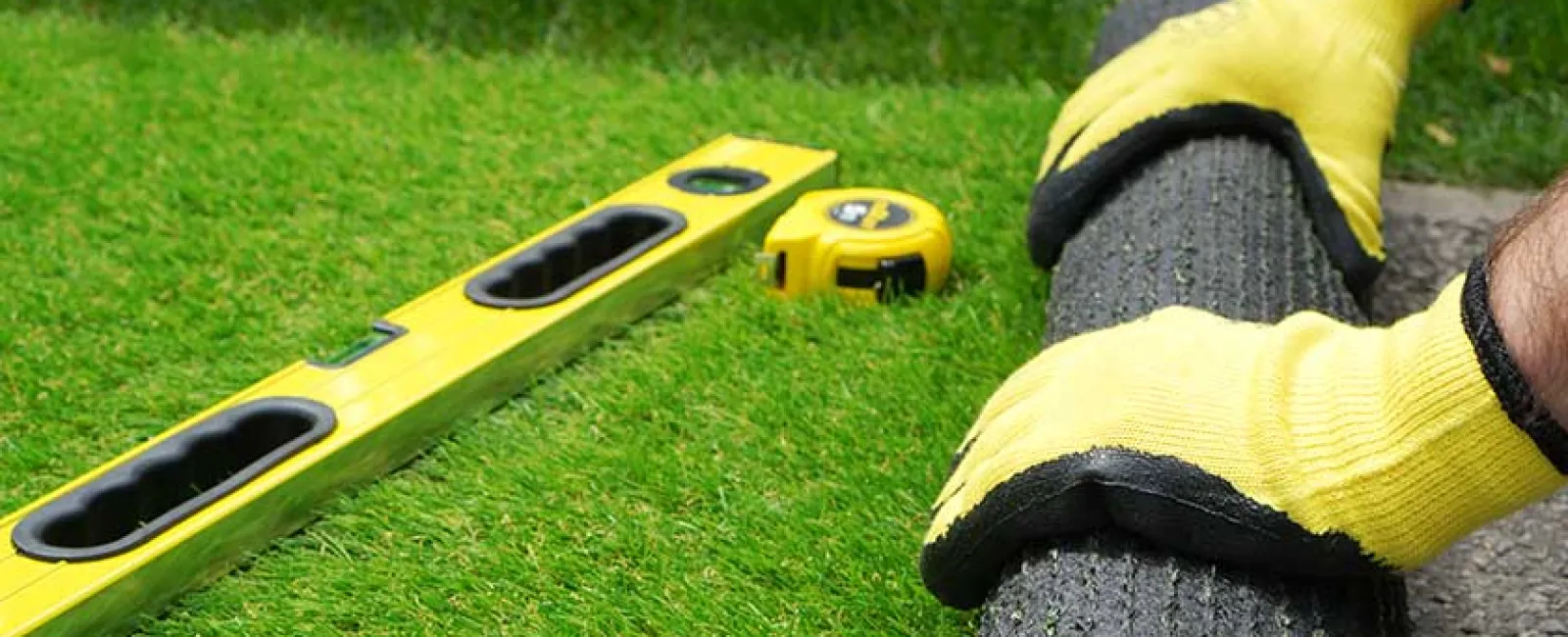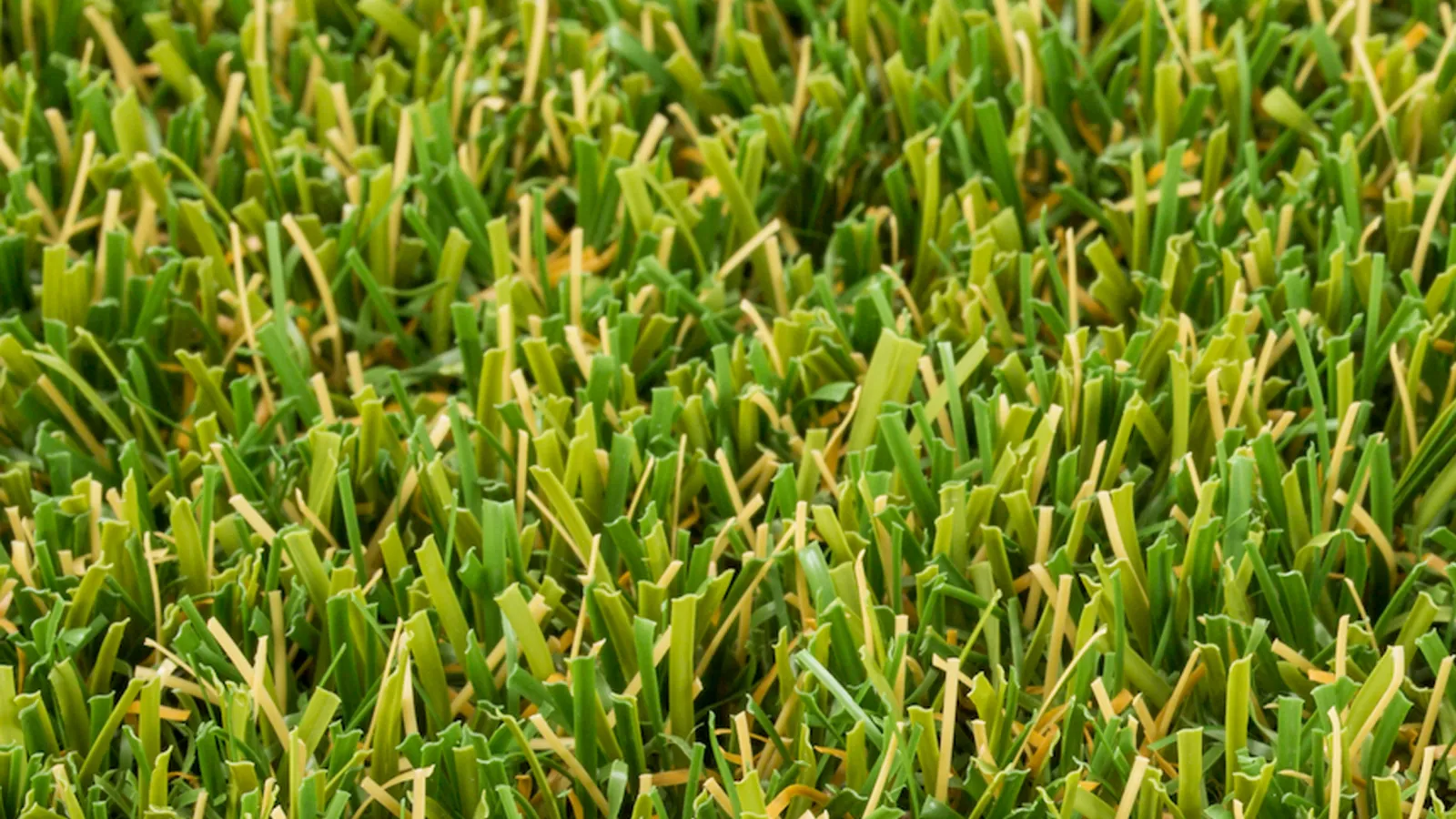A lush, green lawn can make a home feel more inviting and visually appealing, but natural grass requires a significant amount of care and attention. Many homeowners are turning to residential artificial turf installation to achieve the same aesthetic benefits without the hassle of maintenance. Artificial grass is a practical and durable alternative to real lawns, offering a greener, more reliable option that requires far less upkeep.
Installing artificial turf on your home involves a series of steps designed to create a visually appealing and long-lasting surface for your lawn. From preparation to finishing touches, there are several important factors that determine the success of your turf installation.
This guide will walk you through each stage of the process and offer advice on how to make your new artificial lawn last for years to come.
Selecting the Right Artificial Turf for Your Home
The first step in a successful artificial turf installation project is selecting the right product. Not all artificial grass products are the same, and the choice you make will depend on several factors, including the intended use, aesthetic preferences, and budget.
Some turf products are designed to withstand heavy foot traffic, making them ideal for areas like play areas or sports fields. Others are crafted to look more natural with finer fibers and softer textures, perfect for residential lawns where appearance is the priority.
In addition to choosing the right style of turf, it is also important to consider the quality of the materials. High-quality artificial grass is typically made of durable synthetic fibers such as polypropylene or polyethylene, which looks and feels like natural grass.
When making your decision, consider the overall durability, UV resistance, and softness of the grass, especially if you have pets or children who will frequently use the lawn.
Preparing the Ground for Turf Installation
Ground preparation is one of the most important aspects of any turf installation project. A solid base sees to it that the artificial grass will remain flat, stable, and free of wrinkles or bumps over time.
The first step in preparing the ground is to remove any existing grass, weeds, or debris. This is typically done using a turf cutter, which helps eliminate any organic matter that could interfere with the turf's stability.
Once the ground is cleared, it is important to level the surface to create a smooth, even area for the turf. This step helps to avoid any uneven spots in your lawn, which could lead to issues with drainage or turf installation.
After leveling the area, it is important to compact the soil to create a firm foundation that will support the weight of the turf and help with water drainage. A vibrating plate compactor is typically used for this process to help the turf to remain secure for years to come.
Installing the Turf and Securing the Edges
With the ground properly prepared, the next step is to install the turf itself. Artificial turf rolls are typically unrolled over the compacted base, and the edges are trimmed to fit the area precisely. Turf installation should be done carefully to avoid stretching or bunching of the grass, which can affect its appearance and longevity.
Once the turf is laid out, the edges should be secured to prevent them from lifting or shifting over time. This can be done using landscaping staples or finishing nails, which hold the turf in place along the perimeter.
In some cases, turf installers may use a special adhesive or seam tape to join multiple sections of turf for a smooth, natural look. It is important to leave a slight gap between the turf and any structures, such as fences or walls, to allow for expansion during temperature fluctuations.
Adding Infill for Stability and Comfort
Infill is a key component of artificial turf installation that adds both stability and comfort to your new lawn. The infill helps to keep the grass blades upright, which maintains the natural appearance of the turf over time. Additionally, infill offers a soft surface for walking and playing, making it more comfortable for pets and children.
There are several types of infill materials available, including sand, rubber, and cork. The choice of infill will depend on the desired level of comfort, drainage requirements, and environmental concerns.
For example, rubber infill is often used for sports fields or play areas, while sand or organic infill is more commonly used for residential lawns. It is important to apply the infill evenly across the surface, making sure to fill all the gaps between the grass fibers.
Maintaining Your Artificial Lawn
One of the greatest benefits of artificial turf is its low maintenance requirements. However, to keep your lawn looking its best, there are a few simple maintenance tasks you should perform regularly. Regular brushing helps to lift the grass fibers and keep them looking fresh.
Artificial turf does not require mowing, fertilizing, or watering, which saves both time and money. However, depending on your location and climate, occasional rinsing may be necessary to prevent the buildup of dirt, debris, or pet waste. Keeping your turf clean and well-maintained will not only improve its appearance but also extend its lifespan.
Considerations for Pets and Children
Artificial turf is an excellent option for households with pets and children. Unlike natural grass, artificial turf does not become muddy or worn down by heavy foot traffic, making it ideal for play areas. Additionally, turf installation can create a more hygienic environment for pets, as it is easy to clean and does not retain odor or bacteria the way real grass can.
When choosing artificial grass for pet-friendly areas, it is important to select a product that is both durable and easy to clean. Pet waste can be quickly rinsed away, and the turf will not stain or become damaged by urine. If you are concerned about heat buildup, lighter-colored turf or a cooling infill can help keep the surface more comfortable for pets and children during hot weather.
Dealing with Environmental Impact
While artificial grass offers numerous benefits, it is important to consider the environmental impact of synthetic materials. Artificial turf is typically made from plastic fibers, which are not biodegradable. However, many manufacturers now offer eco-friendly options made from recycled materials, which can help to reduce the environmental footprint of your turf installation.
In addition, synthetic grass does not require water, fertilizers, or pesticides, which can have a positive effect on the environment by reducing chemical runoff and water usage. If you are concerned about sustainability, choosing an eco-friendly turf product can help alleviate some of these concerns.
Understanding the Cost of Residential Artificial Turf Installation
One of the main factors homeowners consider before going ahead with artificial turf installation is the cost. While the initial investment may seem higher than maintaining a natural lawn, the long-term savings make it a worthwhile choice for many.
The cost of residential artificial turf installation includes not just the turf itself, but also the preparation of the ground, the tools and materials used for installation, and professional labor if hired.
Some homeowners may find that the upfront cost is offset over time through savings on water bills, lawn care products, and the time spent maintaining a natural lawn.
Additionally, the durability of artificial turf means it can last many years, often up to 15 years or more with proper care. When calculating the cost, it's important to think about the long-term benefits and the savings on maintenance.
Installing Artificial Turf in Unique Outdoor Spaces
Artificial turf is not limited to traditional lawns—it can be used in a variety of outdoor spaces to enhance the look and functionality of your home. From backyard play areas and patios to rooftops and around pools, turf installation is a versatile solution for spaces that might otherwise be difficult to maintain.
The installation process is similar regardless of the area, but there may be additional considerations when working with unconventional outdoor settings.
For example, when installing turf around a pool, it's important to consider drainage and the potential for pool chemicals to affect the turf. Similarly, for rooftop or small-space installations, the base preparation and turf fitting may require extra attention.
Regardless of where the turf is being laid, residential artificial turf installation can transform unique areas into beautiful, low-maintenance spaces suitable for both relaxation and play.
Enjoying Your Lawn Without Hassles
Installing residential artificial turf is a great way to enjoy a beautiful, low-maintenance lawn that will stay green throughout the year. By following the proper installation steps, selecting high-quality turf, and taking care of regular maintenance, you can create an attractive outdoor space that enhances your home's curb appeal.
For a top-quality residential artificial turf installation, trust the experts at Turf Tek USA. Our experienced team offers professional services and top-tier artificial grass products, so you can enjoy a perfect lawn year-round. Visit our website today to schedule a consultation and get started on your turf installation project.


